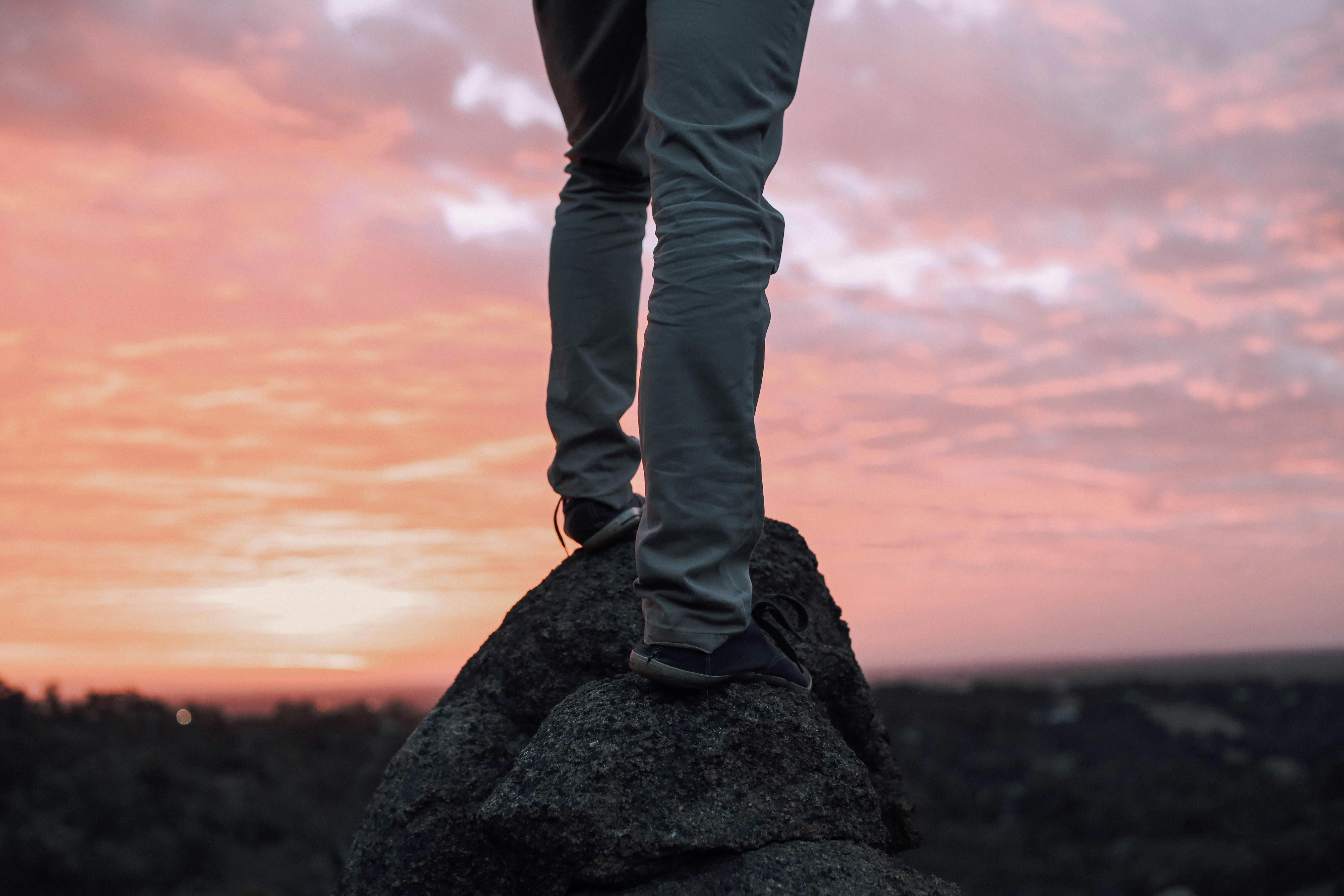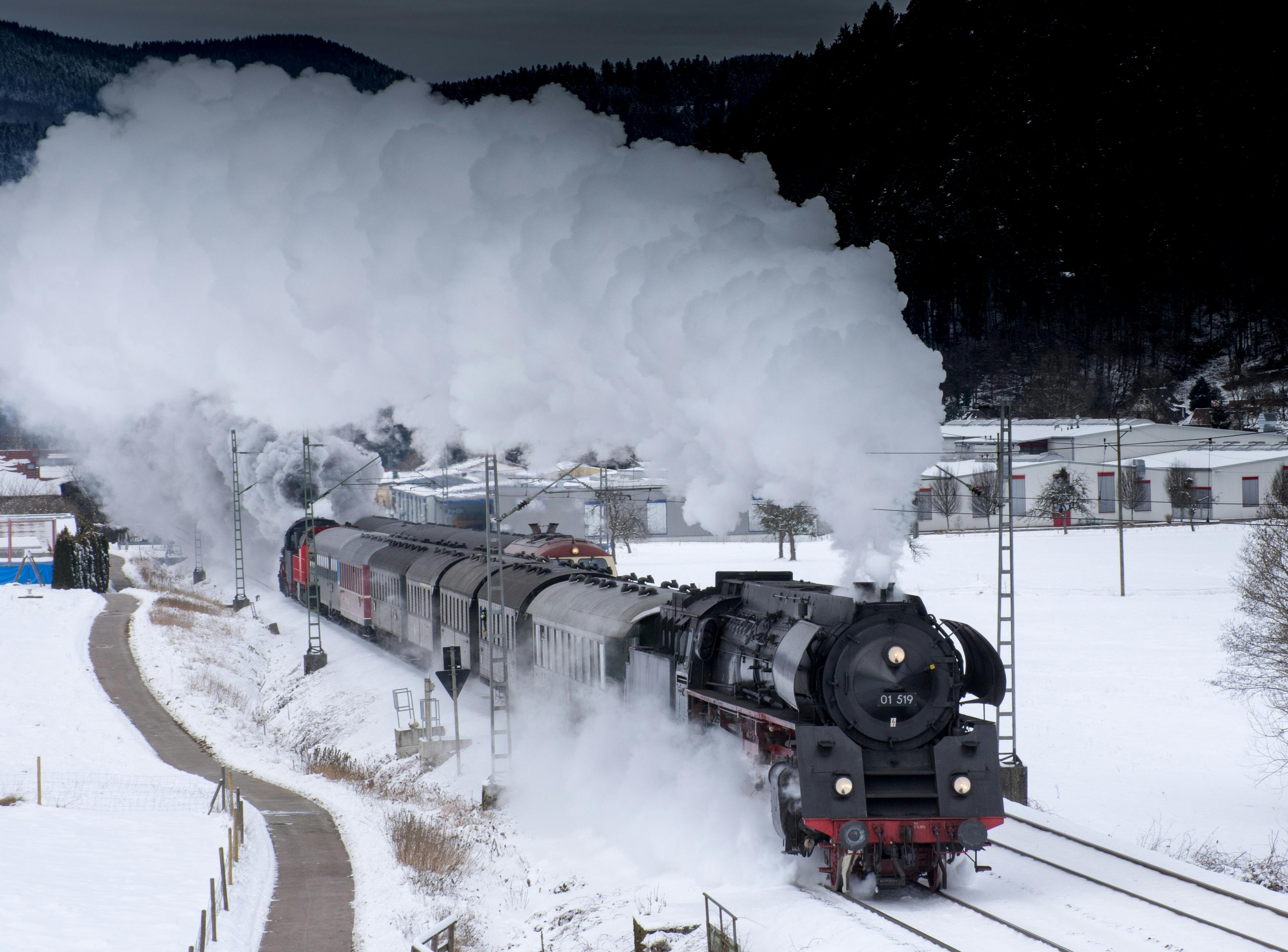We all know the enormous strides Namibia has made in terms of conservation. Not only is it the first country to include conservation in its constitution after independence, but it is the only country that has managed to increase its rhino populations to the point where they can be removed from conservation areas and reintroduced to their state. previous. range areas.
Namibia is at the forefront of community conservation, giving local people ownership of their conservation areas and thus ensuring that these animals are worth more to them alive than dead, and this has now been extended to include Bwabwata National Park in the Caprivi Strip. . This National Park is unique in that it is home to not only large populations of wildlife, but also large human populations.
Bwabwata National Park is the first in Namibia where communities can live within the National Park and have rights to wildlife, subject to quotas set by the government. This has meant that this region has gone from being a poaching ‘hot spot’ in the early 1990s to one where, after the reintroduction of local species, tsessebe, sitatunga and buffalo flourish again.
The then Caprivi Game Park was originally declared in the 1960s but no wildlife management was implemented because the area was designated a security restricted zone and many of the locals were drafted into the military, this and the overflow of the Angolan The civil war caused high incidents of poaching throughout the park.
In 1992, the Ministry of Environment and Tourism (MET) launched a community game warden system, and since then, wildlife from the National Park have relocated to the newly named Bwabwata National Park. .
Comparative wildlife studies are incredibly encouraging. In 1978, there was only one herd of breeding elephants, totaling 35 animals. Today there are around 340 animals in the area, with thousands migrating through this area. There was only 1 Sable and 1 Hippo, compared to the 277 and 350 (respectively) standing there today.
Local conservation initiatives have a system that compensates National Park residents if they lose livestock to predators or damage their crops. The Kyaramacan Residents Association (KA) oversees these processes, along with community tourism developments and employs 27 community game wardens to monitor human-wildlife interactions and also assist the MET with game counts.
Through these efforts and the work done by local communities, Bwabwata National Park is changing the face of conservation and tourism in Namibia!
“We can’t invite tourists to come see our cornfields, but we can invite them to see the wildlife that is so close to us. This is the most important point.”
Head of the Tembwe Mayuni Traditional Authority (Awarded Conservative)



